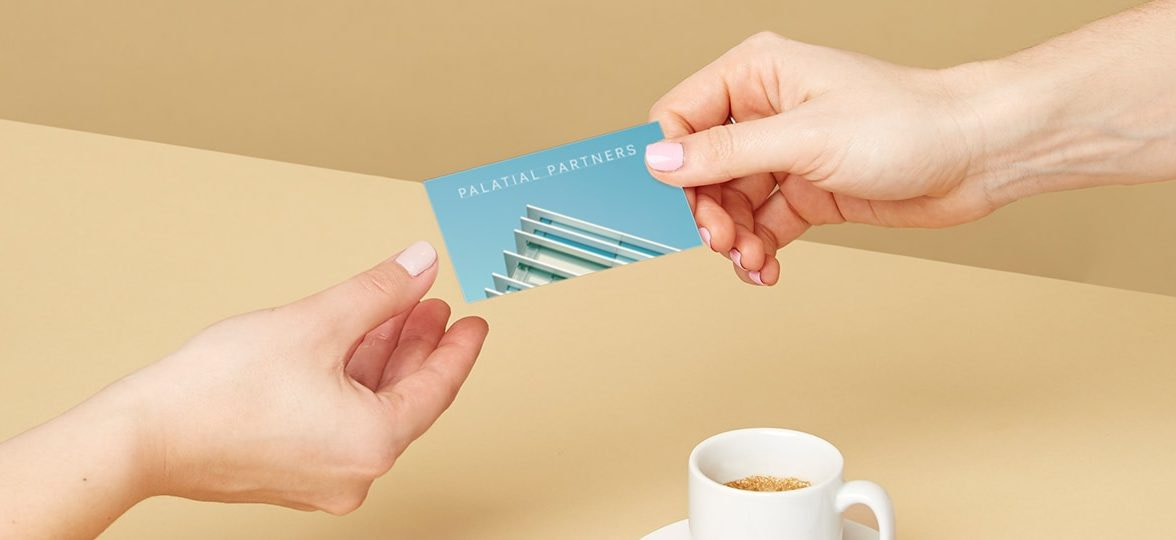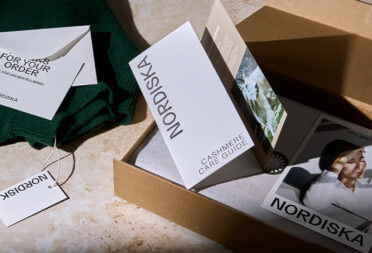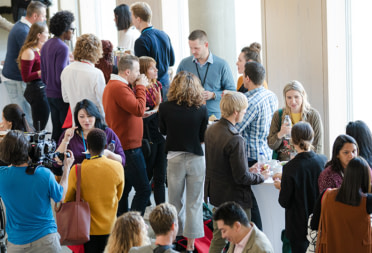The new face of networking post-pandemic
Feeling rusty? You’re not alone. Get back in the game with our networking tips.

Feeling rusty? You’re not alone. Approaching networking post-pandemic is a daunting prospect for many of us. These past two years have redefined the way we connect in a dramatic way, from digital solutions to mental health-conscious approaches.
Find out how the pandemic shaped the future of networking and get back in the game in a smooth way with our networking tips.
Growing still
Networking was a challenge for many businesses before and not being able to leave your home has not made things any easier. A pillar of growth – being able to connect with a relevant audience of clients, customers, and like-minded professionals – became nearly impossible when trade shows, fairs and networking events all disappeared in the blink of an eye.
How do you progress when you can’t go anywhere? Growing from home, especially as a small business, has required a serious dose of resilience and adaptability. In the absence of IRL events, fully online fairs and professional events started flourishing, along with an increased focus on social media presence. Digital solutions replaced crowds and handshakes and, while they drained some of the warmth from traditional networking, they also came with new opportunities.
Hybrid networking is more inclusive, offering more flexibility for smaller businesses
In a post-pandemic world that’s very much still absorbing the shock, the keyword is “hybrid”. While work events and trade shows are back in the flesh, their digital counterparts are here to stay. By making such events cheaper to organise and more accessible to those who can’t travel, they’ve allowed smaller organisations and more isolated entrepreneurs to access previously untapped opportunities. In that sense, hybrid networking is more inclusive, offering more flexibility for smaller businesses.

Old school is the new cool
Online events aren’t the only thing that redefined networking post-pandemic. Direct mail made a remarkable comeback during lockdown, curing our digital exhaustion with tangible items. From outreach letters to portfolio postcards and product samples, it’s provided brands and professionals with a physical way to connect with potential clients and customers, leaving a sustainable impression with a concrete, palpable introduction.
We’re now back “out”, but the need for tangible connections hasn’t disappeared. Whether you’re a growing startup or a freelance creative, going old school with direct mail is a sure way to stand out and leave your mark. Take a leaf out of illustrator Alice Mollon’s book and use Postcards to showcase your work to potential clients (with Printfinity, you can cater to all their preferences!). You can also drop your Business Card in relevant stores and venues if you think their regulars might be a good match for you.

Meaningful connections
With fewer opportunities to meet potential clients and peers, the pandemic has forced us to prioritise quality over quantity. It has emphasised the need to target relevant people and organisations, spending more time to develop meaningful connections with tailor-made materials and messaging. It might not be the networking tip you were expecting, but less is more!
Scaling down the way you approach networking post-pandemic is beneficial in many ways. Firstly, it reduces networking exhaustion – a very real symptom of overdoing trade shows and other events. It also leaves more time to prepare for your interactions, which helps you improve your return on investment thanks to a more relevant, better-suited messaging. More meaningful connections, more chances to find the right audience – and a better chance for growth.
Mental health first
Granted, it should have been at the core of our networking approach a long time ago. The pandemic brought mental health to the centre stage, especially in work environments, due to the lack of IRL connections and the fading boundaries between work and personal life. This newly-found focus on mental health at work, paired with the social anxiety that some of us started feeling after multiple lockdowns, made it necessary to rethink the way we network.
You don’t have to be “always on”
What does prioritising your wellbeing look like in the context of networking? It’s all about being measured. Listening to yourself and being attentive to the signs of social exhaustion is essential to make sure your business’s growth doesn’t hinder your mental health balance. If you suffer from social anxiety, take advantage of the evolution of the networking environment to find less draining solutions to connect, like direct mail and online events. You don’t have to be “always on”. Networking can take many forms and it’s up to you to shape it.
Ready for the future of networking? Get back in the game with brand new MOO Business Cards.
Keep in touch
Get design inspiration, business tips and special offers straight to your inbox with our MOOsletter, out every two weeks.




